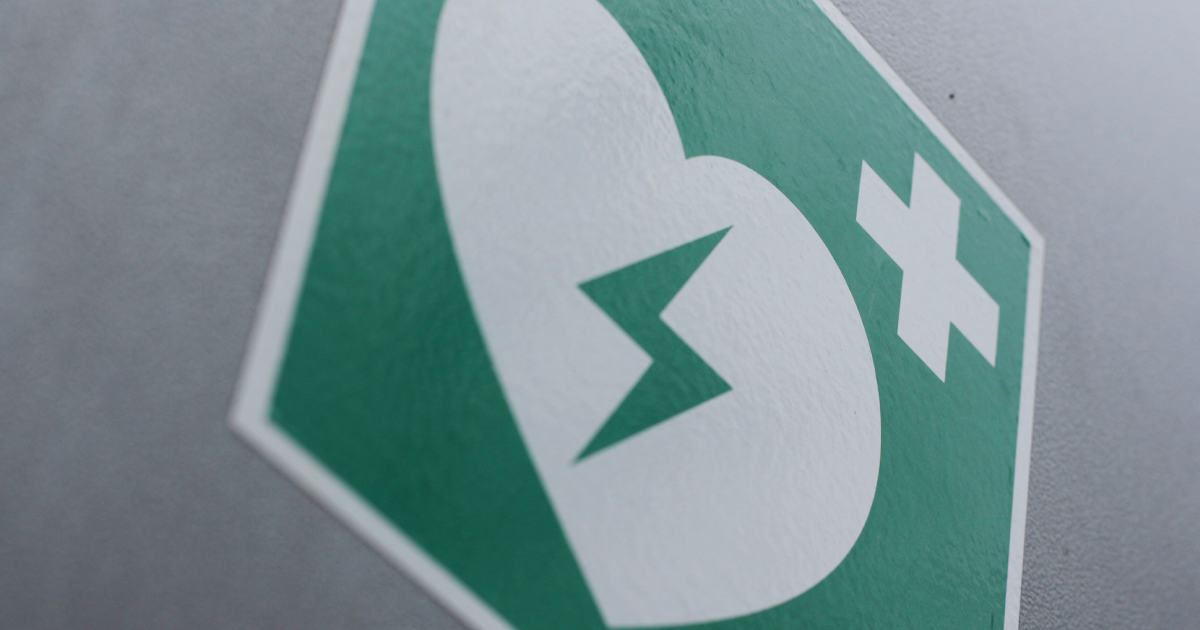Both a heart attack and cardiac arrest are serious events. When they happen, they both can lead to death without proper medical intervention. However they are different in very specific ways, even though a lot of people use the term heart attack and cardiac arrest as synonyms for one another. They interchange them depending on the conversation, which is incorrect.
There is a big difference between a heart attack and a cardiac arrest, and it’s important to understand the difference between the two in order to make the right decisions. Let’s take a look at that difference.
What is a Heart Attack?
A heart attack occurs when an artery that supplies the heart with oxygenated blood becomes partly or fully blocked, reducing the amount of blood reaching that part of the heart.
If the artery is not opened back up quickly, then that part of the heart begins to die. The longer that somebody goes without treatment for this, the more damage is done to them.
People can suffer from heart attack symptoms for weeks before having a heart attack.
What is Cardiac Arrest?
Cardiac arrest is a sudden onset of a problem with the heart's electrical system. The heartbeat is controlled by an electrical pulse, if this pulse is disrupted or stops then the heart stops beating and the person goes into cardiac arrest.
It is then only a few seconds before they lose consciousness, and then stop breathing. If treatment does not occur within moments (through CPR and a defibrillator) then their risk of survival decreases by 10% each minute.
The Difference Between the Two
You have a much greater chance of dying of a cardiac arrest than a heart attack, and a heart attack will increase the risk of cardiac arrest. However most heart attacks do not lead to cardiac arrest; and if picked up early enough, they can be treated with good outcomes.
Both heart attacks and cardiac arrest are medical emergencies that require immediate treatment, however you can help with both a heart attack and cardiac arrest while waiting for the emergencies services.
Heart Attack: The person may show clear signs such as chest, arm, neck and jaw pain, they may look sweaty and clammy.
- Call 999 or get someone else to.
- Help the person to sit down, get them to sit on the floor leaning against a wall or other fixed structure, this will ease the pressure on the heart.
- The person can be given an aspirin tablet to chew slowly, this will help thin their blood. The dose should be no more than 300mg, ensure you advice the emergency service this has been given to the person.
- Reassure them while you wait for the emergency services.
Cardiac Arrest: The person may be unresponsive, not breathing normally and showing no movement or signs of life.
Note on COVID: Resuscitation Council UK Guidelines 2021 state "If you are unable or unwilling to provide ventilations, give continuous chest compressions."
- Shake the person gently, look and listen for normal breathing, look for their chest to rise and fall.
- Call 999 or get someone else to.
- Put the phone on loudspeaker and tell emergency services you are with someone who is not breathing.
- Fetch a defibrillator if you can or send someone else to; the emergency service will advise where the nearest one is. Do not leave the person if you are on your own.
- Start chest compressions: Interlock your fingers, place your hands in the centre of the chest, push down hard and then release twice per second, and don’t stop. The ambulance call handler will talk you though this if you wish to give these.
- If you have a defibrillator, open / turn it on and follow the voice instructions.
- Continue CPR until the AED asks you to pause while it analyses / shocks the patient, a paramedic arrives and tells you what to do or the person shows signs of life.

